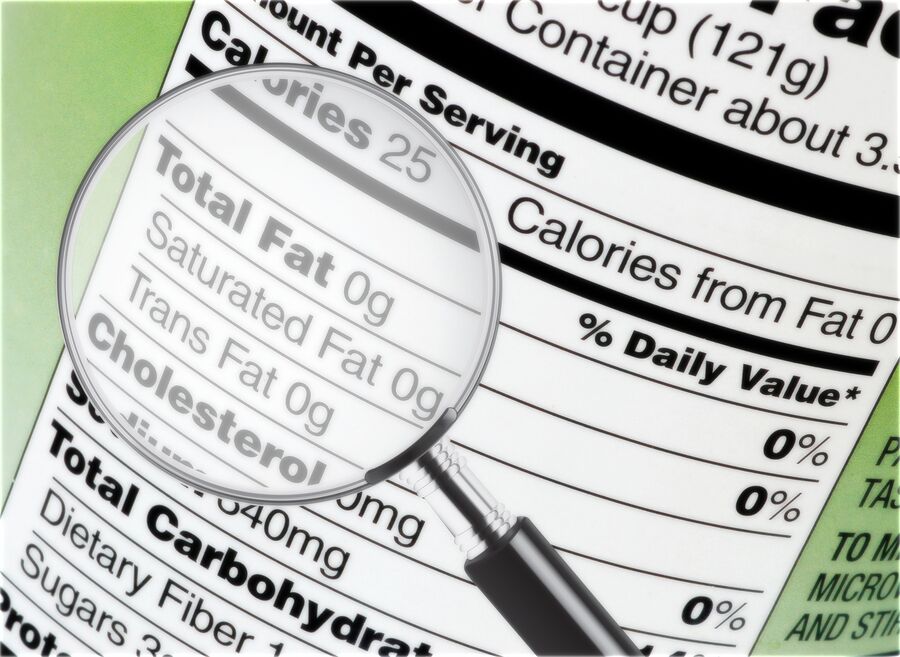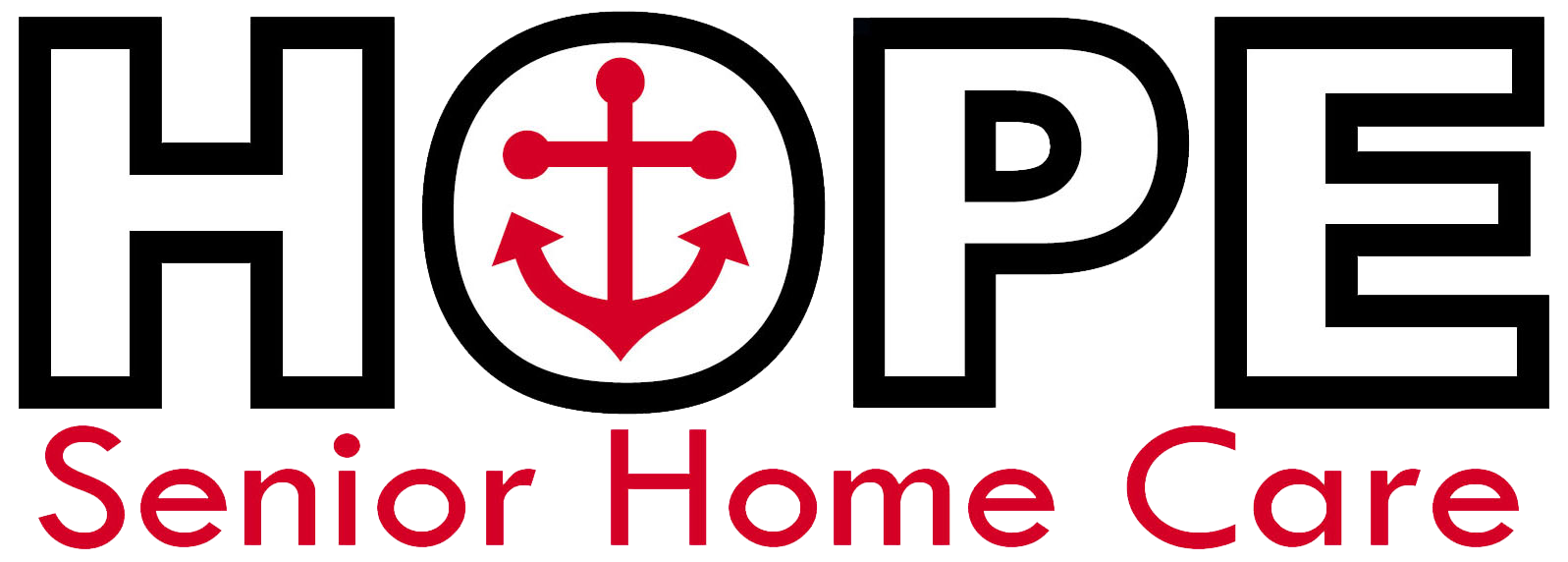
Your mom and dad want to eat healthier, but they don’t know where to start. They’re not alone. People don’t always understand how food labels can help them make better choices at the grocery store. It’s not the only way to pick more nutritious items, but food labels are a good way to start.
Three Things to Read Carefully on Labels
Knowing what your parents should be limiting each day is an important step to using food labels. Older adults need to limit sodium intake to no more than 1,500 mg of sodium per day. That’s less than a teaspoon. Your mom or dad may have a lower limit due to high blood pressure or kidney disease. Check with their doctor.
Fiber is essential to an older adult’s health. A high-fiber diet helps ease constipation, reduces the risk of colorectal cancer, and may help lower the risk of diabetes and high cholesterol levels. The recommendation is 14 grams for every 1,000 calories. If your dad’s doctor recommends 2,000 calories per day, your dad needs to consume 28 grams of fiber.
Added sugar is unnecessary, but it can be hard to avoid. It’s found in salad dressings, fruit drinks, iced teas, and many other products. The American Heart Association recommends keeping sugar intake to 6 tsp (25 grams) per day for women and 9 tsp (37.5 grams) for men.
Saturated fat is another issue. Generally, men should not consume more than 20 grams of saturated fat per day and women need to limit their intake to less than 18 grams.
Tips for Reading a Label
When you’re looking at a label, you’ll see the servings and calories information at the top. Keep going and pay attention to the Total Fat, Sodium, and Total Carbohydrate areas.
In Total Fat, you want to have the saturated fat number as low as possible. Ideally, look for items with no trans fat listed.
Under Total Carbohydrate, you’ll see there is a breakdown between fiber, total sugars, and added sugars. Avoid added sugars when possible. Aim for a high number in fiber.
Finally, look at the sodium. You want this to be as low as you can get it too.
There is other information. Vitamins and minerals are listed at the bottom. Iron, potassium, calcium, and vitamin D are ideal if they’re higher numbers.
Look at the ingredients. Sugar may not be listed as sugar. If you see terms like rice syrup, glucose, fructose, honey, maple syrup, or agave nectar, those are all added sugars.
All of these can be confusing to your parent. They also may struggle to read a label’s fine print. Arrange it so that they don’t shop alone and hire a home care provider. Processed foods may seem quick and easy, but they’re often poor nutritional choices. Have home care aides join them on shopping trips. Call our home care agency to find out how you can make that happen.
Sources: https://health.gov/dietaryguidelines/dga2005/toolkit/olderadults/OAsodium.htm
https://health.gov/dietaryguidelines/dga2005/toolkit/olderadults/OAcarbohydrates.htm
https://www.heart.org/en/healthy-living/healthy-eating/eat-smart/sugar/sugar-101
https://health.gov/dietaryguidelines/dga2005/toolkit/olderadults/OAfats.htm
If you or an aging loved-one are considering Home Care Services in Michigan, please talk to the caring staff at Hope Senior Home Care today 313.881.3132.

